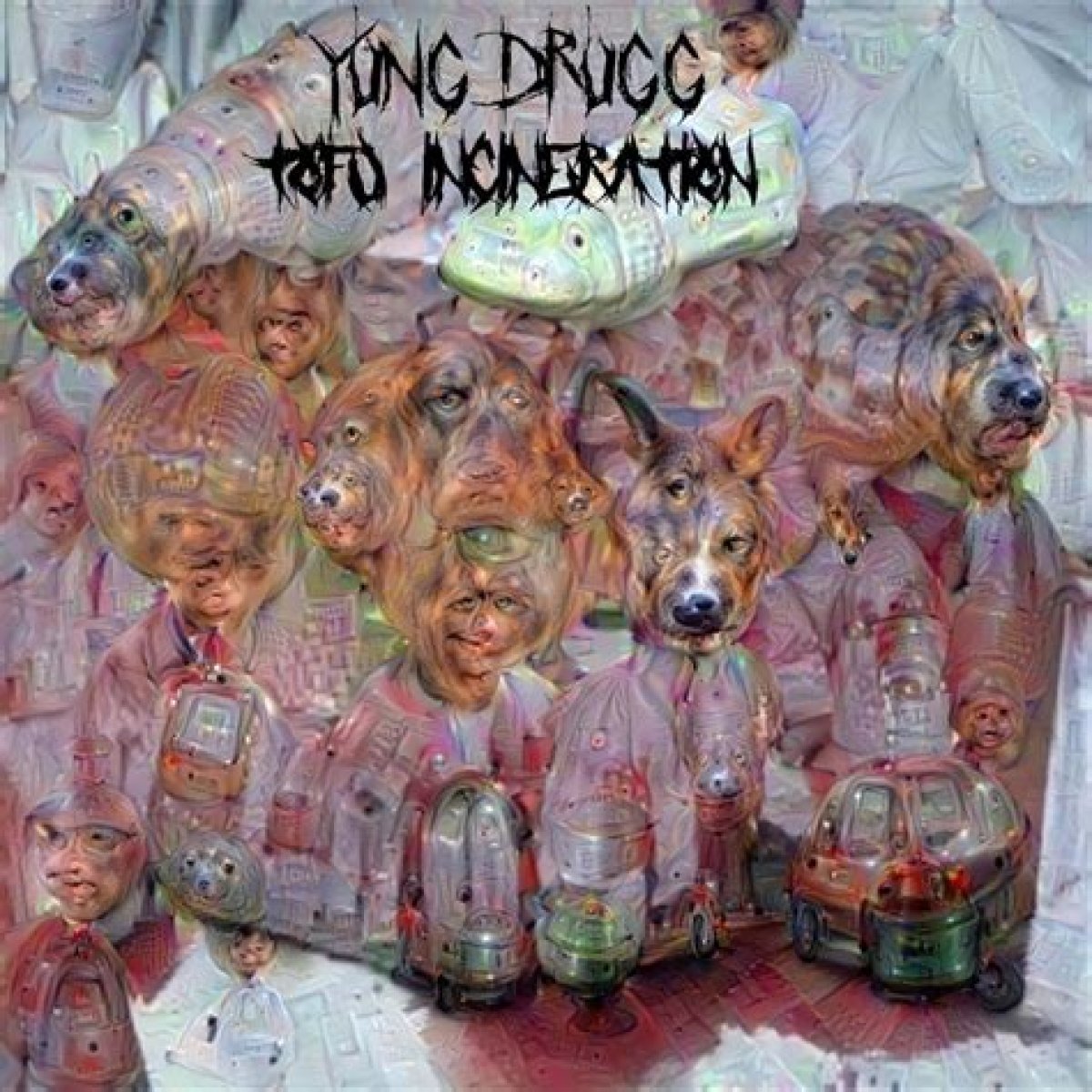Hisashi Ouchi, a name that evokes both curiosity and horror, was the victim of one of the most catastrophic nuclear accidents in history. The tragedy that befell him is not just a matter of statistics; it is a human story filled with suffering and resilience. The images associated with his plight, often described in graphic detail, serve as a stark reminder of the potential consequences of industrial negligence. In this article, we will delve into the life of Hisashi Ouchi, the events that led to his tragic fate, and the implications of his story, including the haunting "hisashi ouchi photos gore" that have circulated in various forms.
As we explore the context surrounding Hisashi Ouchi and the infamous Tokaimura nuclear accident of 1999, we will not only discuss the accident itself but also the human element behind the statistics. Ouchi’s experience was a grueling battle for survival, marked by extreme pain and the relentless march of time. This narrative is essential for understanding the consequences of such disasters and the importance of safety in nuclear energy production.
In this exploration, we will also address the controversial nature of the images that emerged from the incident, often referred to as "hisashi ouchi photos gore." These images, while disturbing, raise important questions about the ethics of sharing such graphic content and the impact it has on public perception of nuclear safety. Join us as we navigate through the life, tragedy, and legacy of Hisashi Ouchi.
What Happened to Hisashi Ouchi?
The story of Hisashi Ouchi is rooted in a catastrophic event that occurred on September 30, 1999, at the Tokaimura nuclear facility in Japan. A criticality accident resulted from a safety protocol violation during the handling of enriched uranium. Ouchi and two of his colleagues were exposed to lethal doses of radiation, leading to severe health complications. The incident highlighted significant flaws in the safety measures of nuclear facilities.
Who was Hisashi Ouchi?
Hisashi Ouchi was a worker at the Tokaimura nuclear facility. Born in 1962, he was known for his dedication to his work and his commitment to safety. However, the accident changed his life forever. Ouchi became the face of the tragic consequences of industrial negligence, and his suffering became a focal point in discussions about nuclear safety in Japan and worldwide.
Hisashi Ouchi's Biography and Personal Details
| Detail | Information |
|---|---|
| Full Name | Hisashi Ouchi |
| Date of Birth | 1962 |
| Occupation | Nuclear plant worker |
| Accident Date | September 30, 1999 |
| Location | Tokaimura, Japan |
| Fatality Date | December 21, 1999 |
What Were the Immediate Effects of the Accident on Ouchi?
The immediate effects of the Tokaimura accident on Hisashi Ouchi were devastating. He suffered from acute radiation syndrome, which resulted in severe burns and damage to his internal organs. The images associated with his condition have been described as "hisashi ouchi photos gore," reflecting the extreme suffering he endured. Ouchi’s condition deteriorated rapidly, despite medical interventions, leading to an agonizing struggle for survival.
How Did Hisashi Ouchi's Condition Progress?
Ouchi’s condition progressed alarmingly after the accident. Initial treatments at the hospital seemed promising, but his health continued to decline. The medical staff faced unprecedented challenges in managing his severe radiation injuries. Reports indicate that Ouchi experienced immense pain and suffering during his time in the hospital, leading to ethical debates regarding the extent of medical interventions and the quality of life.
What Legacy Did Hisashi Ouchi Leave Behind?
The legacy of Hisashi Ouchi is a complex interplay of cautionary tales and discussions surrounding nuclear safety. His tragic fate raised awareness about the potential dangers of nuclear energy and the importance of adhering to strict safety protocols. Ouchi's story has become a symbol of the human cost of industrial accidents, prompting reforms in safety regulations and emergency response protocols in nuclear facilities.
Why Are Hisashi Ouchi Photos Gore So Controversial?
The "hisashi ouchi photos gore" have sparked significant controversy. While some argue that these images serve as a stark reminder of the dangers associated with nuclear energy, others believe that sharing such graphic content is unethical and exploitative. The debate highlights the tension between raising awareness and respecting the dignity of those who suffer.
How Can We Learn from Hisashi Ouchi's Tragedy?
Learning from the tragedy of Hisashi Ouchi involves recognizing the importance of safety measures in nuclear energy production. It is crucial for governments and organizations to prioritize the safety of workers and the surrounding communities. Implementing strict regulations and fostering a culture of safety can help prevent similar incidents in the future. Ouchi's story serves as a powerful reminder that behind every statistic is a human life, urging us to make informed decisions about energy production.
What Can We Do to Raise Awareness About Nuclear Safety?
- Educate ourselves and others: Understanding nuclear energy and its risks can help foster informed discussions.
- Support safety regulations: Advocating for stringent safety measures in nuclear facilities can help prevent future tragedies.
- Engage in community discussions: Participating in local forums about energy production and safety can amplify voices calling for change.
- Honor the victims: Remembering individuals like Hisashi Ouchi can keep their stories alive and relevant.
In conclusion, the story of Hisashi Ouchi and the associated "hisashi ouchi photos gore" serve as both a cautionary tale and a call to action. His tragic fate is a reminder of the human cost of industrial accidents and the need for ongoing vigilance in ensuring the safety of nuclear energy production. By learning from his story, we can work toward a future where such tragedies are prevented, and the dignity of every worker is respected and protected.
NLE Sophie: Exploring The Depths Of "Rain" LyricsUnveiling The Connection: Sophie Ramp And NLE ChoppaUnveiling The Truth: Hisashi Real Photos And The Man Behind Them
